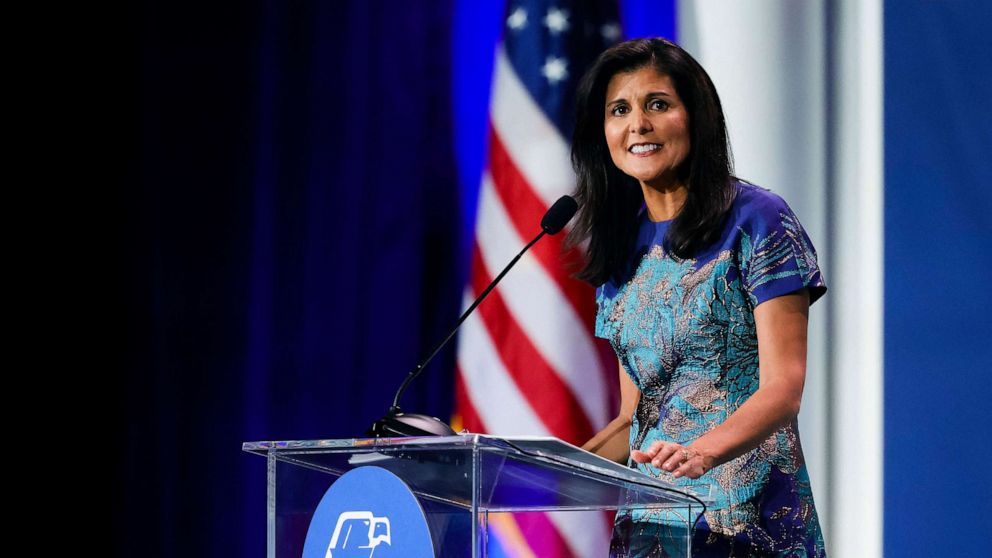The Trump supporters have cosponsored a bill that could be used to ban books by LGBTQ+ authors in schools.

Rep. Marjorie Taylor Greene and Rep. George SantosPhoto: Screenshot
Out Rep. George Santos (R-NY) and Rep. Marjorie Taylor Greene (R-GA) are cosponsoring a bill that could restrict students’ access to books that discuss LGBTQ+ themes.
Santos is one of 11 out LGBTQ+ members of the House of Representatives and the only one advancing an anti-LGBTQ+ equality agenda. The other 10 LGBTQ+ House members are Democrats.
The bill, H.R. 863, was filed last week by Rep. Cory Mills (R-FL), who said that it will “end the sexualization of children in schools.”
The full text of the bill has not been uploaded to the Congressional database and Mills hasn’t posted it to his website yet, but its description says its purpose is “to amend title 18, United States Code, to prohibit a publishing house from knowingly furnishing sexually explicit material to a school or an educational agency, to prohibit Federal funds from being provided to a school that obtains or an educational agency that distributes sexually explicit material, and for other purposes.”
Schools are not distributing pornography to students and publishers are not selling porn magazines to schools to stock in their libraries. The mention of “sexually explicit material” likely refers to books that discuss LGBTQ+ people. Many on the right refer to any discussion of LGBTQ+ people in the presence of children as the “sexualization of children.”
The bill also dovetails with right-wing fear about “pornography” in schools. Many right-wing activists over the past several years have called any book that discusses sexuality at all “pornography,” including books that discuss non-heterosexual family structures. The language has been used to raise the stakes as conservative parents try to get books by LGBTQ+ authors banned from school districts.
For example, Sen. Ted Cruz (R-TX) shared a fake news article that claimed the left wants to be “teaching pornography” to children in schools. When called out, he said, “It could easily have been real.”
Texas Gov. Greg Abbott (R) sent a letter in late 2021 to a board saying that “a growing number of parents of Texas students” are “rightfully angry” about kids being “exposed to pornography” in school, just a month after a Texas Republican state lawmaker issued a list of 850 books he demanded school districts investigate. The list included books like And Tango Makes Three, which is about a baby penguin raised by two penguin dads, and Being Jazz, about the life of trans television personality Jazz Jennings.
The extreme rhetoric resulted in the police being called on the Republican Massachusetts secretary of state candidate Rayla Campbell last year. Campbell waved a book by an asexual and non-binary author that she claimed was “child pornography” and said that it should be banned from schools. Since she effectively admitted to being in possession of child pornography, someone called the police. An officer looked through the book and determined that it was not child pornography and she was not arrested.
“The battlefield for the future of our society is being fought within the classrooms of American schools,” Mills said in a statement about H.R. 863. “This bill targets the Left’s efforts to sexualize children in schools across the U.S.”
“From school board meetings to new representation in local, state, and federal levels, Americans are waking up to the grim reality of woke indoctrination guised as a normal education. No more.”
Only seven of Mills’s colleagues have cosponsored the bill so far, including Santos and Greene.
Despite being gay and having a background in drag performance, Santos campaigned on an anti-LGBTQ+ platform. In one media appearance before he was elected, he decried same-sex couples raising children.
“The family unit has been under attack for decades, decades!” Santos said on John Stubbins’s conservative Indivisible show. “In different ways, right? The flavor of the decade is same-sex couples. ‘Oh, that’s so OK!’ Look, to each their own, I don’t have anything against that but they’re teaching in school how kids that, you know, you don’t need a mommy and a daddy, you can have two mommies, you can have two daddies. I think that’s a little much for kids, right?”
“And when we have instability in the family unit, you wreak havoc,” he continued. “One parent can’t parent two kids as well as two parents, and there’s always that feminine touch to boys from the mother and that masculine touch to boys from the father, same thing goes for the daughters, and it creates equilibrium and balance.”
Santos was also a supporter of Donald Trump, who banned transgender people from serving openly in the military, fought for religious exemptions to anti-discrimination laws so that religious health care providers and businesses could refuse LGBTQ+ patients and customers, and opposed the Equality Act, which would have banned anti-LGBTQ+ discrimination at the federal level in a number of areas.
Santos and Greene have not released statements about H.R. 863.
















